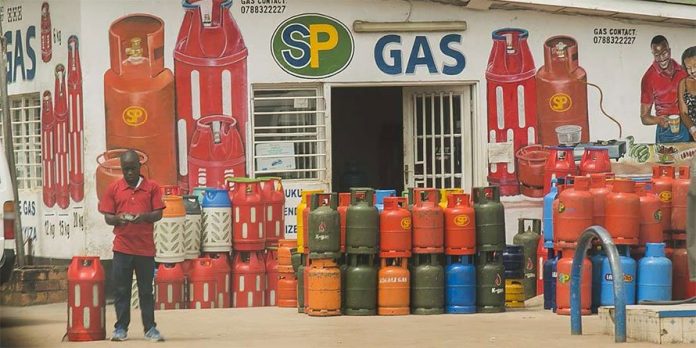A huge portion of East Africa’s population cannot access clean cooking fuels, largely because of cash constraints and outdated customary behaviour.
While some households believe they lack the purchasing power to acquire cleaner technologies, mainly done through upfront payment, some communities have clung onto the belief that only traditional energy sources prepare meals well.
What most of them are not aware of is that topping up cook stoves daily with kerosene or charcoal cumulatively costs a lot more than using cooking gas, for instance. Besides, cleaner technologies have a higher calorific value, meaning more heat is generated to cook meals faster and suffer lower energy loss compared to traditional options.
Access to cleaner options is a question of affordability and mindset.
Therefore, to address the heavy reliance on dirty cooking fuels in the region, a blended approach should be pursued. Governments should roll out fiscal incentives aimed at dialing down prices of cleaner alternatives and enabling more households to afford them.
At the same time, private investors should tap into this vast market by offering cleaner solutions with flexible repayment plans with which low-income customers are comfortable. Awareness campaigns to educate rural populations on the advantages of cleaner fuels and trigger mindset shifts are also needed to guide this transition.
Indoor air pollution amid poor ventilation is a silent death-trap inside the walls of poor households. Chronic exposure to smoke while cooking often leads to respiratory complications, exerting pressure on healthcare facilities, yet this can be avoided.
Based on World Health Organisation (WHO) guidelines, “clean” fuels and technologies in the context of indoor air quality and household fuel combustion include electric cookers, liquefied petroleum gas (LPG), natural gas, biogas, solar, and ethanol-fuel stoves. On the opposite end of the spectrum are the so-called dirty fuels since they emit smoke and mostly relied upon by households in villages, peri-urban and informal settlements. The list includes charcoal, coal, crop waste, dry dung, kerosene and wood.
In Kenya, clean cooking fuel access rate stands at a paltry 10 percent, yet this is the best performance in the region, according to the International Energy Agency (IEA).
Uganda fares worse off, with only one percent of the population having access to clean options while Tanzania’s access rate is three percent and five percent for Ethiopia.
In most of these countries, population has been growing at a fast clip, outpacing growth in the number of households gaining access to clean cooking. This has somehow slowed down the fight against energy poverty not only in East Africa but the entire Sub-Saharan Africa.
It is, therefore, encouraging to learn that the Kenyan government is reviving plans to distribute 6kg cooking gas cylinders and burners to low-income families in villages at subsidised rates.
The Mwananchi Gas Project, though hit by delays since 2018, is a commendable move meant to wean poor households from use of dirty wood fuel and paraffin by making gas equipment affordable to first-time buyers. There should be no more delays in its implementation this time around.
The International Energy Agency has grouped Kenya, Uganda, Ethiopia, Tanzania, Nigeria and DRC in the bottom 20 list of countries with lowest access to clean fuels globally. The agency indicates that 44 million Kenyans still use dirty fuels in one way or another, with this number being much higher in Tanzania (54 million) and 98 million for Ethiopia.
This grim picture calls for strategic and speedy interventions, involving public-private partnerships to turn around the fortunes, alongside support from development partners.
Already, Kenya has a funding arrangement with the World Bank to supply efficient cooking appliances powered by clean fuels to households located in marginalised areas, largely in northern Kenya and the coast.
The mass cook stove distribution drive is part of a wider programme that aims to roll out clean energy solutions to underdeveloped communities under the Kenya off-grid solar access project (K-OSAP). The project aims to support a transition from low efficiency baseline stoves to cleaner improved cooking appliances and fuels.
This is certainly a welcome approach and rollout should be done in a transparent and efficient manner.
On its part, Ethiopia is running a National Biogas Programme aimed at providing hundreds of thousands of Ethiopians with biogas digesters.
Such nationwide policies are expected to bend the curve and shrink the number of people without access, providing clean cooking solutions to around half of the region’s population by 2030. To this end, as countries commit to universal electricity access targets for their populations, the same should be the case with clean cooking fuels.
This article was originally published by the Business Daily.




